Shoes Lacing Methods
Mathematics tells us that there are more than 2 Trillion ways of feeding a lace through the six pairs of eyelets on an average shoe. This section presents a fairly extensive selection of 51 shoe lacing tutorials. They include traditional and alternative lacing methods that are either widely used, have a particular feature or benefit, or that I just like the look of.
51 Different Ways To Lace Shoes
01 Criss Cross Lacing
This is probably the most common method of lacing normal shoes & boots. The laces simply criss-cross as they work their way up the shoe.
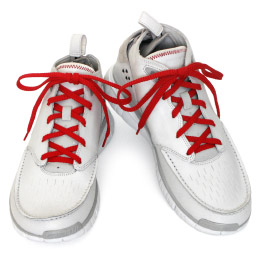
02 Over Under Lacing
This method reduces friction, making the lacing easier to tighten and loosen plus reducing wear and tear. The laces alternate between crossing Over and Under.
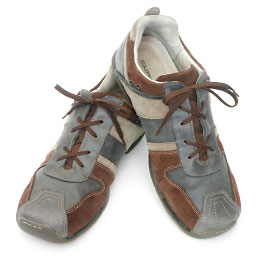
03 Gap Lacing
This simple variation of Criss Cross Lacing skips a crossover to create a gap in the middle of the lacing, either to bypass a sensitive area on the instep or to increase ankle flexibility.
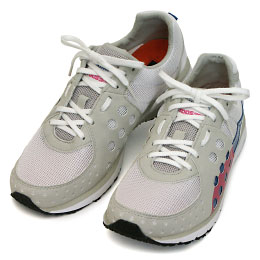
04 Straight European Lacing
This traditional method of Straight Lacing appears to be more common in Europe. The laces run straight across on the outside and diagonally on the inside.
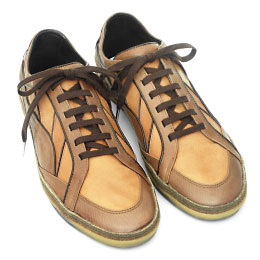
05 Straight Bar Lacing
Also referred to as “Lydiard Lacing” or “Fashion Lacing”, this variation of Straight Lacing eliminates the underlying diagonals, which looks neater plus relieves pressure on the top ridge of the foot.
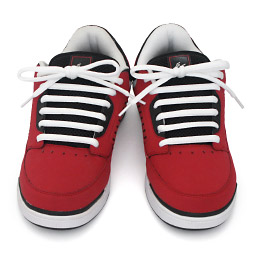
06 Straight Easy Lacing
This is a simplified variation of Straight Bar Lacing where one end runs straight from bottom to top while the other end steps through the eyelets.
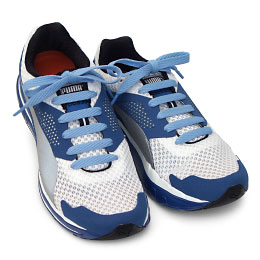
07 Hiking / Biking Lacing
An inside-out version of Straight Bar Lacing, which distributes pressure evenly plus keeps the knots & ends to the side, away from either snagging undergrowth or from bicycle chains & cranks.
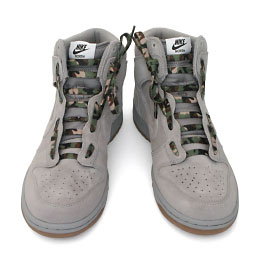
08 Quick Tight Lacing
A straight lacing method that is split into two sections for quick and even tightening. Pulling one loose end tightens the top section, the other loose end tightens the bottom section.
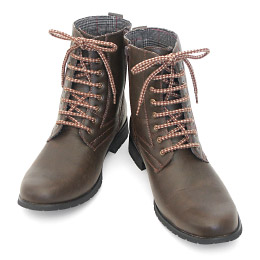
09 Gippo Lacing
A blend of Quick Tight Lacing and Corset Lacing, this complex method combines split sections plus closed loops at top for quick tightening of tall boots.
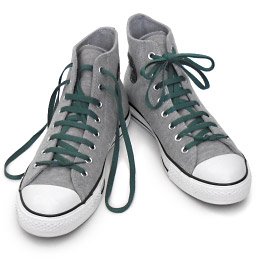
10 Ukrainian Lacing
Named by its Ukrainian inventor, this method has permanently-anchored loose ends plus a “captive” Starting Knot, which saves having to re-tie that first knot each time.
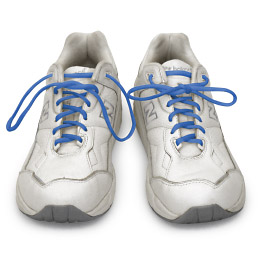
11 Corset Lacing
Traditional lacing for corsets, in which the laces can be gripped and pulled very tightly via the middle loops. Useful for lacing boots extra tight or just for a different look.
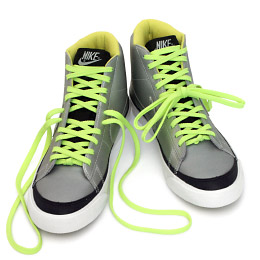
12 Sawtooth Lacing
This method has all of the underlying sections pulling at a steep angle, which shifts the alignment of the sides and may correct an otherwise ill-fitting shoe.
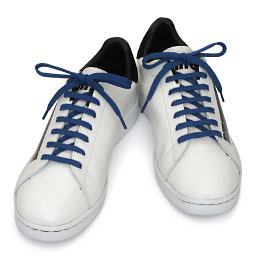
13 Lightning Lacing
So named because the angled sections look a bit like a lightning bolt, plus it is lightning fast to lace. The laces run diagonally on the outside and vertically on the inside.
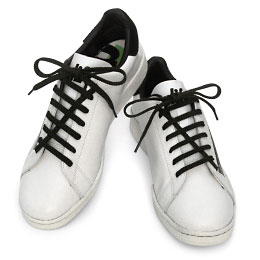
14 Shoe Shop Lacing
Often seen in shoe shops because many shoes come pre-laced this way from the factory. One end runs from bottom to top while the other end zig-zags through the eyelets.
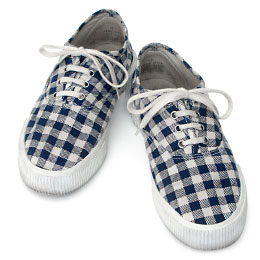
15 Display Shoe Lacing
Shoe stores and photographers often use this inside-out version of Criss Cross Lacing on their display shoes in order to finish with the ends neatly hidden inside the shoe.
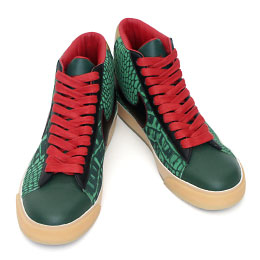
16 Chevron Lacing
Separate sections of Criss Cross Lacing and Display Shoe Lacing, forming upright and inverted chevrons (∧, ∨) similar to those on military or police uniforms.
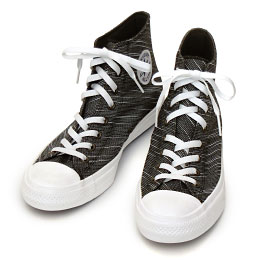
17 Ladder Lacing
This distinctive lacing is worn on military boots by paratroopers and ceremonial guard units. The laces weave horizontally and vertically, forming a secure “ladder”.
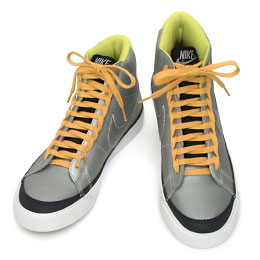
18 Spider Web Lacing
Like an angled version of Ladder Lacing, this decorative method is also worn on military boots. The laces weave vertically and diagonally, forming an intricate “web”.
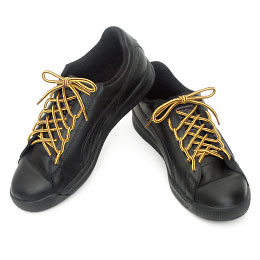
19 Double Back Lacing
This method looks interesting plus holds very firmly, but is terribly awkward to tighten. The lacing first runs down the shoe, then doubles back up the shoe.
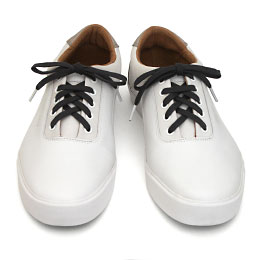
20 Bow Tie Lacing
This method “lengthens” ends because it consumes the least amount of shoelace. The laces cross over on the outside and run vertically on the inside, forming a “bow-tie” outline.
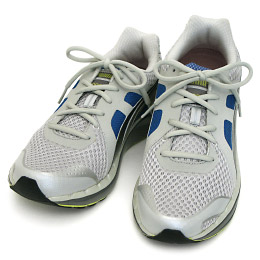
21 Army Lacing
This inside-out version of Bow Tie Lacing is used on combat boots by various armies. With the crossovers on the insides, the sides of the boots can flex more easily.
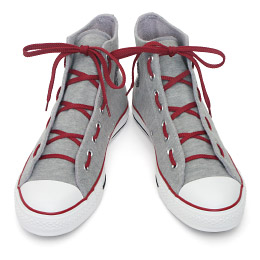
22 Train Track Lacing
Like Army Lacing with the inside segments running straight across, the result looks like train tracks, and holds very tight because of the doubled laces through eyelets.
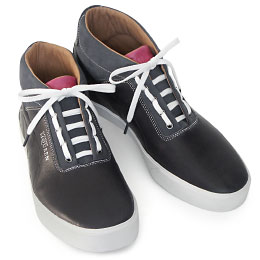
23 Left Right Lacing
Having one end always emerging through eyelets while the other end always feeds in through eyelets creates a series of “V” symbols that point alternately left and right.
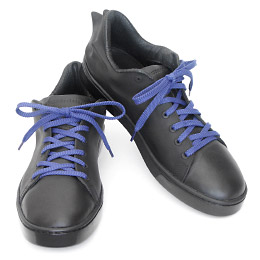
24 Double Helix Lacing
This patented method has the laces angled one way on the outside and the other way on the inside. The resulting double helix reduces friction and allows faster, easier lacing.
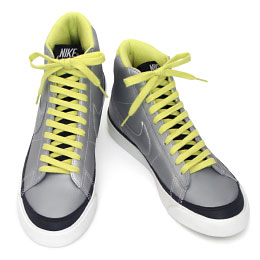
25 Double Cross Lacing
This lacing is created by running three steps forward (on the inside), one step back (on the outside). The result is short, wide crosses overlapping tall, narrow crosses.
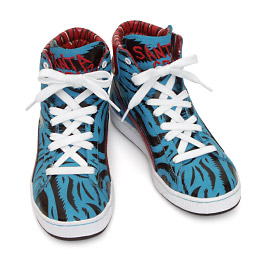
26 2-1-3 Lacing
Lacing across the ankle area in “2-1-3” sequence creates a firm Double Cross that reduces pinching and may help prevent painful “lace bite” in tightly laced boots or skates.
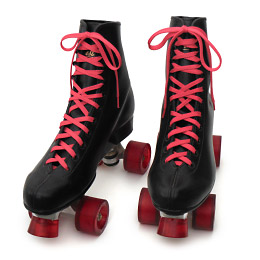
27 Hash Lacing
Like Double Cross Lacing, this method is also created by running three steps forward, one step back. The result resembles a diagonal series of hash “#” symbols.
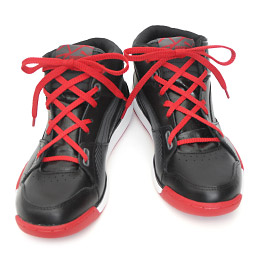
28 Lattice Lacing
This very popular method forms a decorative lattice in the middle of the lacing. The laces are crossed at a steep angle, allowing them to be woven through each other.
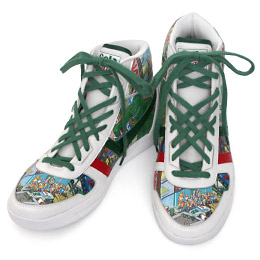
29 Zipper Lacing
This method “locks” the laces at each eyelet pair. Great for lacing skates tightly because the lower sections hold while tightening. It also looks interesting, a bit like a giant zipper.
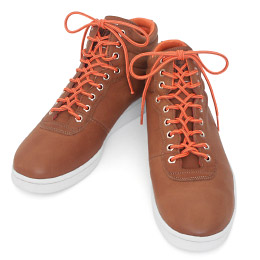
30 Riding Boot Lacing
Also referred to as “Bal-Lacing”, this method is for riding boots (motorbike or equestrian) whose sides are joined at the top and loosen near the ankle. The laces zig-zag from both ends and are tied in the middle.
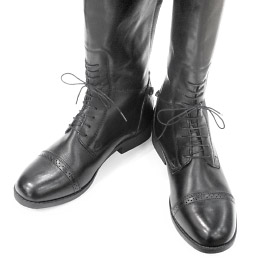
31 One Handed Lacing
As an alternative to the One Handed Shoelace Knot, this way of lacing eliminates the need to even tie a knot by leaving one end loose.
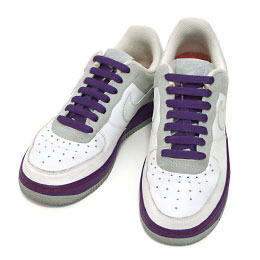
32 Segmented Lacing
Also referred to as “Zoned Lacing”, this method divides the lacing into two or more segments, each of which can be laced up as tightly or loosely as necessary to achieve a comfortable yet secure fit for difficult shoes or feet.
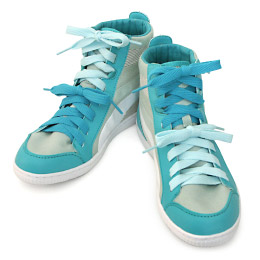
33 Knotted Segment Lacing
A more attractive though less flexible variation of Segmented Lacing in which a knot makes the lower segment of shoelace permanently tighter or looser.
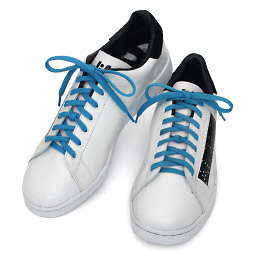
34 Hidden Knot Lacing
By hiding the knot underneath, the result is an uninterrupted series of straight “bars” that looks particularly distinctive on dress shoes or sneakers alike.
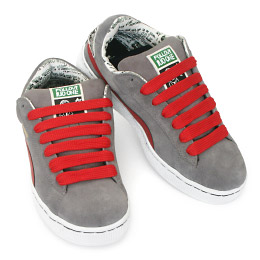
35 Loop Back Lacing
Each side loops back on itself down the middle, rather like when two springs become intertwined. However, those loop-backs tend to shift off-centre.
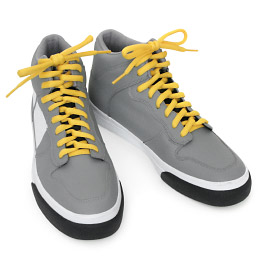
36 Knotted Lacing
Adding an overhand knot at each crossover increases friction and keeps the lacing much firmer. Ideal for tightening ice skates, rollerblades, etc.
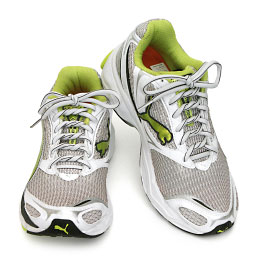
37 Twistie Lacing
Like a combination of Loop Back and Knotted Lacing, the laces are twisted together with a vertical overhand knot at each crossover before continuing to the other side.
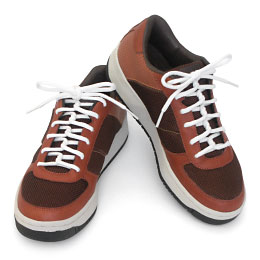
38 Roman Lacing
Alternating X-I-X-I on top of the shoe, which looks a little like Roman numerals. It’s most effective on dress shoes where the sides of the shoe meet in the middle..
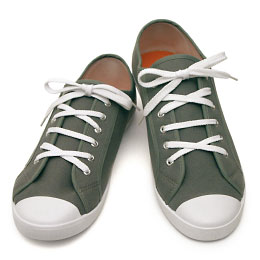
39 C.I.A. Lacing
This set of methods was taught to C.I.A. officers during the Cold War as a form of covert signalling, using straight segments interpersed with one or more visible crossovers at different positions.shoes lacing methods
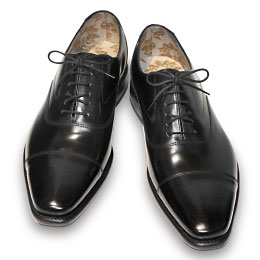
40 Hexagram Lacing
This purely decorative lacing forms a hexagram, or six pointed star. This geometric symbol has been used for centuries in various cultures and religions, most notably as the Jewish “Star of David”.shoes lacing methods
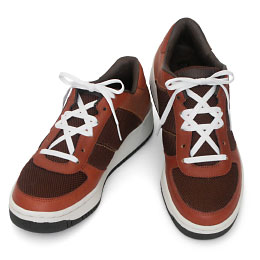
41 Pentagram Lacing
This purely decorative lacing forms a pentagram, or five pointed star. Besides the “magical” associations, solid five pointed stars are found on many flags, most notably the fifty stars on the U.S. flag.shoes lacing methods
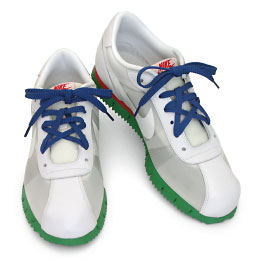
42 Asterisk Lacing
Lacing sets of three eyelet pairs with a crossover plus a straight section results in a series of asterisk [*] symbols. Best on shoes with multiples of three eyelet pairs (3, 6, 9, etc).
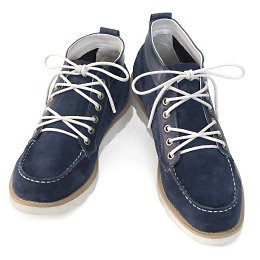
43 Starburst Lacing
With all vertical segments hidden on the inside and all diagonal segments on the outside crossing at the middle of the shoe, the result looks like a Starburst.shoes lacing methods
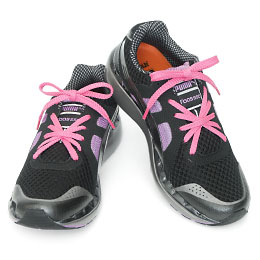
44 Supernova Lacing
Like two Starbursts on top of each other, one on the outside, the other on the inside. Needs the maximum length of shoelace and is useful for “shortening” long laces.shoes lacing methods
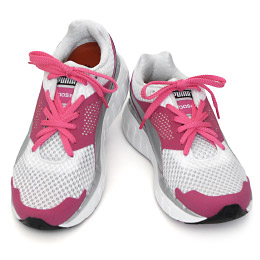
45 Zig Zag Lacing
This twin-rail zig-zag is a bit like a winding road or marble race. The laces alternately run vertically on the inside or wrap around the vertical sections on the opposite side.
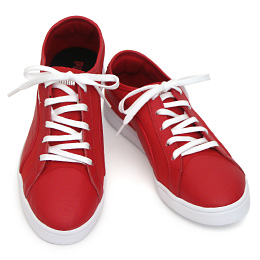
46 Progressive Lacing
With crossovers running at progressively steeper angles towards the toes, this lacing should feel progressively tighter towards the ankles, plus it looks decorative.shoes lacing methods
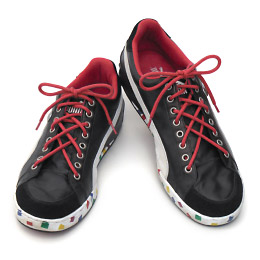
47 Perspective Lacing
This decorative lacing has overlapping segments running at varying slopes similar to Progressive Lacing, forming a sideways perspective grid.
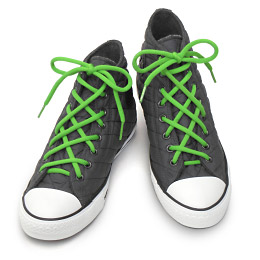
48 Escher Lacing
Decorative lacing whose outline resembles fish swimming alternately left and right, reminiscent of the tesselated prints from Dutch artist M.C. Escher.
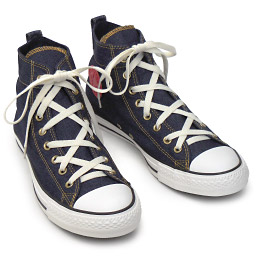
49 Woven Lacing
An “extreme lacing” for those who want a decorative method that others would never attempt. The laces are woven up and down between adjacent rows, creating an intricate mesh.shoes lacing methods
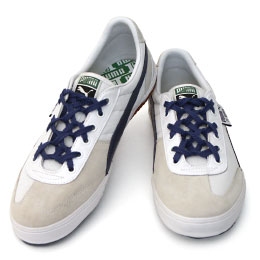
50 Footbag Lacing
Footbag players use this lacing to open up the front of their shoes, making it easier to catch or otherwise control the footbag (or “Hacky Sack”).shoes lacing methods
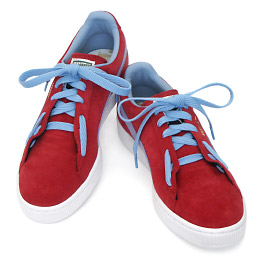
51 Lock Lacing
Not a lacing method as much as a technique for creating a super-tight finish. It’s often recommended to help reduce heel slippage in running or climbing shoes. Also referred to as “Lace Lock”, “Loop Lacing Lock”, “Heel Lock” or “Runner’s Tie”. shoes lacing methods
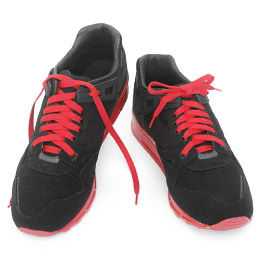
Know more shoes lacing methods, please email to us.

